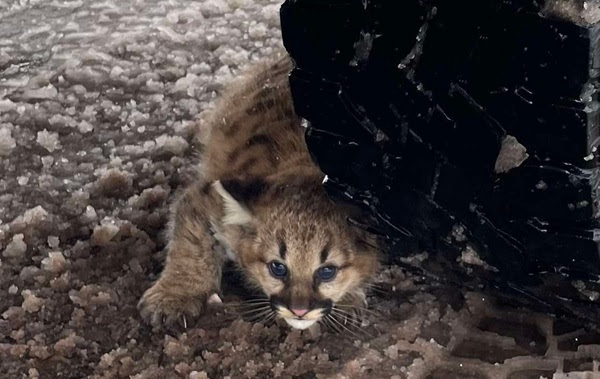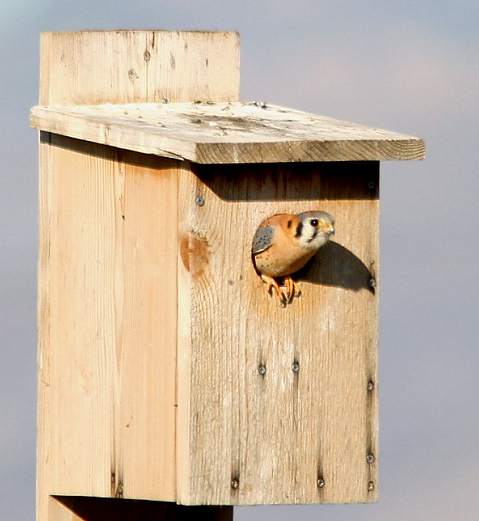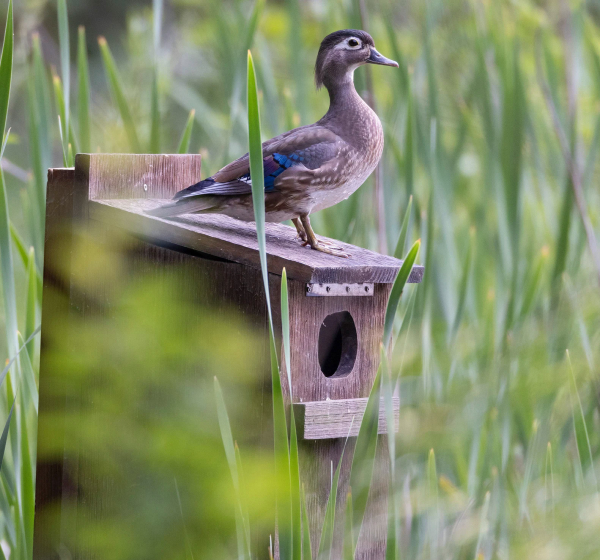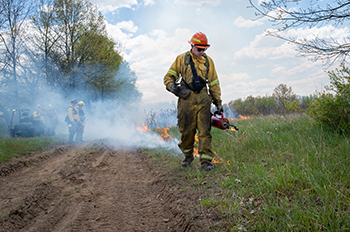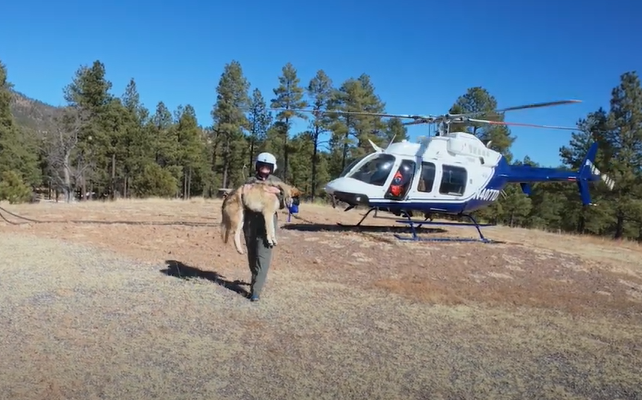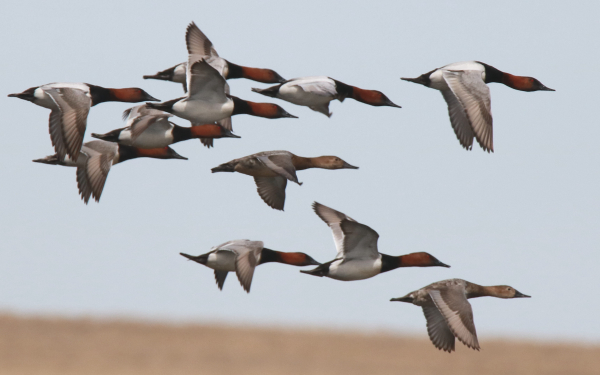Whitetail Institute Unveils Summer Slam: A Premier Late-Spring and Summer Planting Solution
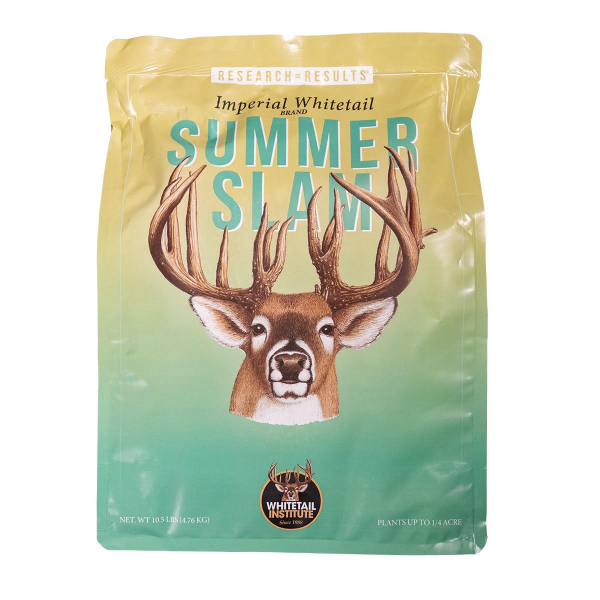
Whitetail Institute is thrilled to introduce Summer Slam, the ultimate forage mix designed for late-spring and summer planting. A product of extensive research and development, Summer Slam brings together three powerhouse forages meticulously blended to achieve the ideal plant populations for maximum growth and nutritional impact.
Summer Slam thrives when planted in soils with temperatures of 65 degrees or warmer, making it an exceptional choice for wildlife enthusiasts and habitat managers seeking to establish high-quality food plots during late spring and summer. Each component of Summer Slam has been carefully selected for its remarkable nutritional value, resilience, and environmental benefits:
- Peas A cornerstone of the mix, peas are celebrated for their high protein content and resilience under hot and dry conditions. These highly digestible legumes support deer growth and antler development while offering a consistent food source throughout the growing season. Peas excel in medium- to well-drained soils and can withstand drought, providing a reliable solution for antler-building food plots.
- Vetch Known for its exceptional protein content and adaptability, vetch serves as a vital energy-dense food source. It thrives in various soil types, including less fertile soils, and enhances soil health through nitrogen fixation. This sustainable choice attracts deer, turkeys, and upland game birds, solidifying its role as a versatile component for diverse forage plots.
- Alyce Clover This warm-season annual legume delivers crude protein levels between 20-30% in fertile plots, offering superior digestibility and nutritional quality. Tolerant to various soil conditions, alyce clover is a key ingredient in premium summer forage blends, providing essential nutrients and ensuring sustainability in habitat management. Read more


